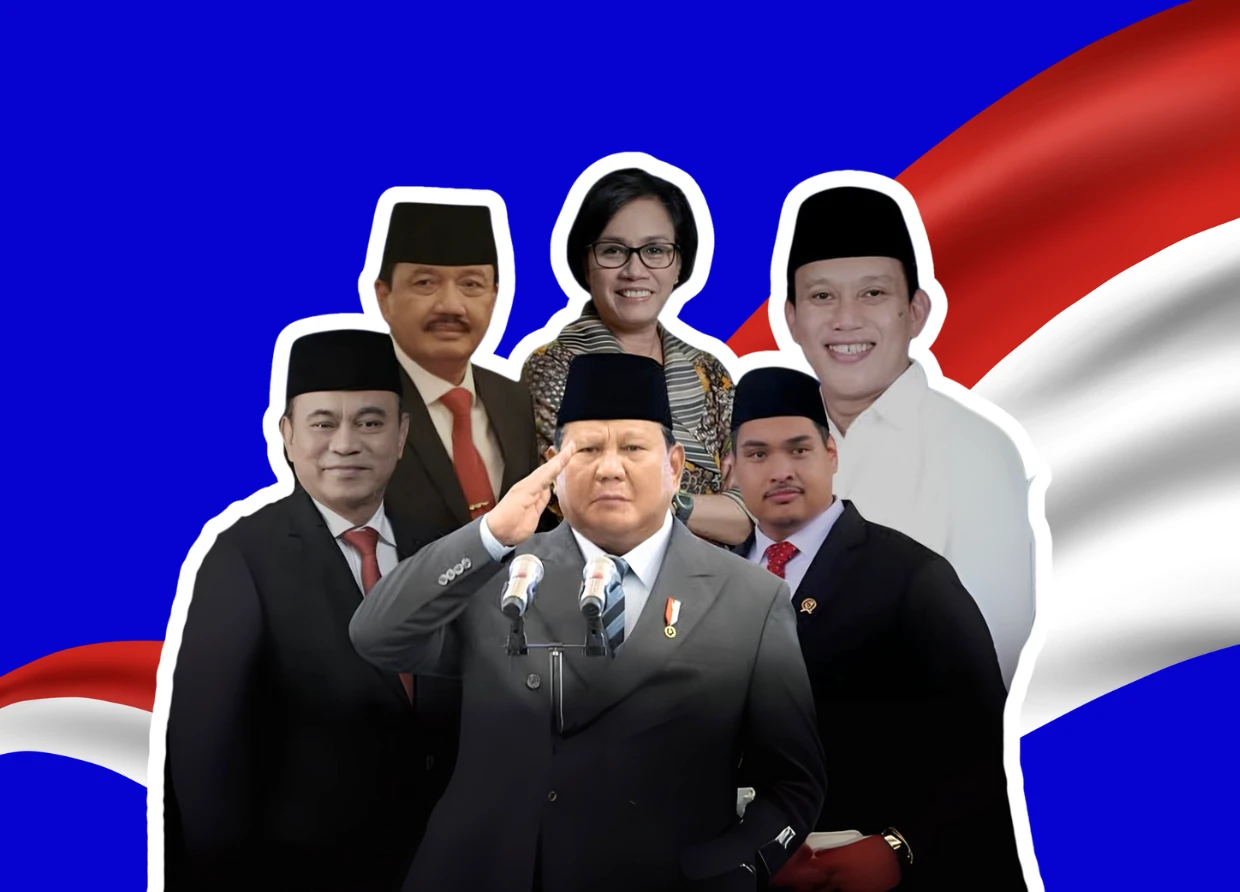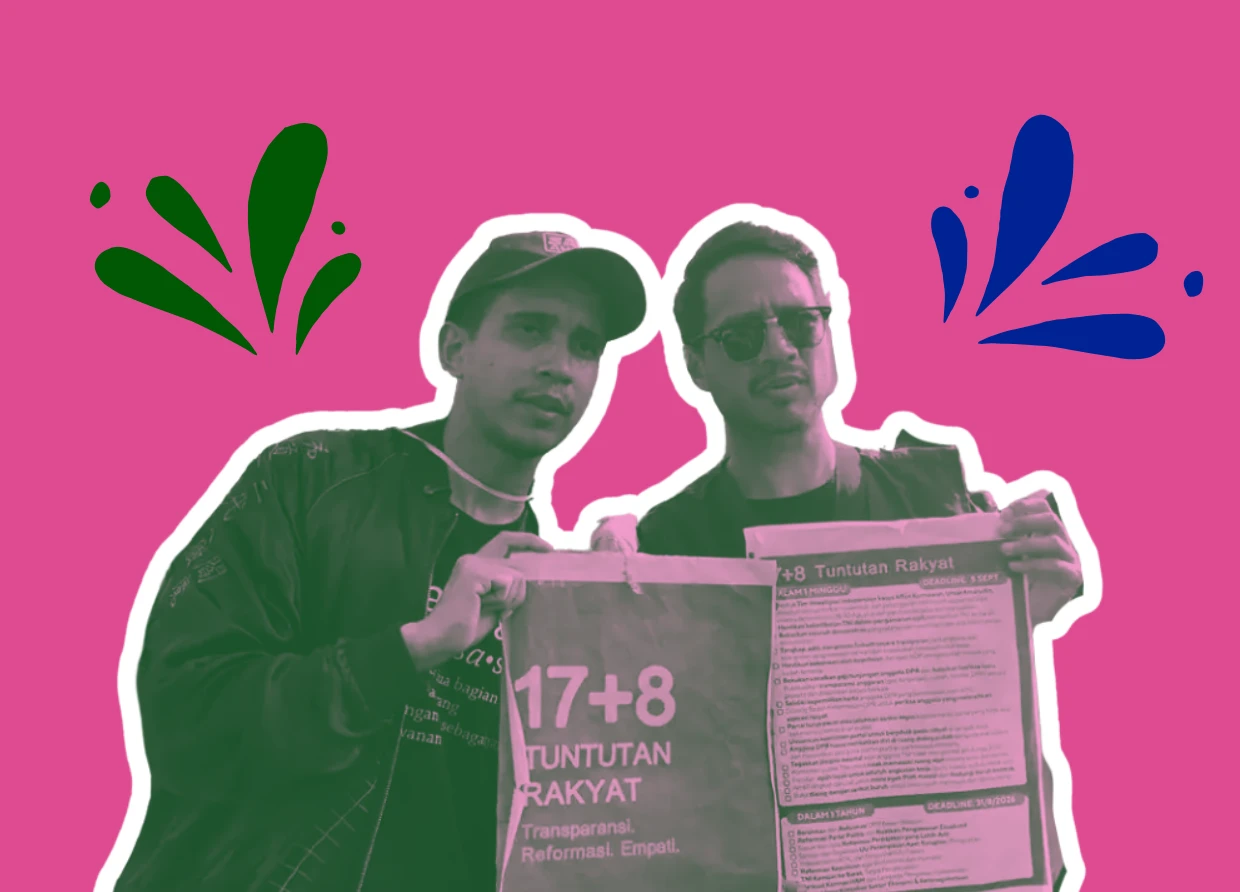MAY DAY: HISTORY OF LABOR DAY COMMEMORATION IN INDONESIA SINCE COLONIAL TIMES
From Colonial Grievances to Modern Labor Movements: The Evolution of May Day in Indonesia

The observance of Labor Day, commonly known as May Day, is more than just a holiday. It holds the historical traces of the struggles of laborers since the colonial era of the Dutch East Indies.
From historical records, it's evident that many laborers did not receive their rights as workers, prompting them to protest against their workplaces or the government.
The journey of labor in Indonesia began in the 1830s when capitalist industrial practices introduced the relationship between labor and capital to mass-produce goods.
According to the book "Labor Union Movement: From Colonial Dutch East Indies to the New Order" by Soegiri DS and Edi Cahyono (2005), in May 1842, there was a rotation of sugarcane plantation lands in several villages for a period of two years. However, wages for 46 villages were not paid because they were deemed insufficient to cover the sugarcane land tax as stated in the work contracts.
This triggered protests from sugarcane planters demanding a wage increase from 14.22 guilders to 25 guilders. These protests spread to various villages successively.
The peak of the protests occurred on October 24, 1842, when around 600 sugarcane planters from 51 villages took action. With the increasing number of participants, a modern organization in the form of a union or party was needed to manage it.
However, in the 19th century, labor actions became less prominent due to the absence of strong labor union organizations. By the end of that century, only European labor unions existed in the Dutch East Indies.
The formation of labor unions became essential to organize protest actions. The first labor union in Indonesia emerged from the Chinese community, namely Tiong Hoa Sim Gie, founded on September 26, 1909, and led by Lie Yan Hoei. This union later became a core member of the Chinese Federation of Labor (PKBT).
Various other labor unions emerged, such as the Poemipoetra Association (PBP) in 1911, the Association of Teacher Assistants (PGB) in 1912, the Dutch East Indies Teachers' Union (PGHB) in 1912, and others.
The history of the formation of labor unions in Indonesia marks the long struggle of laborers to obtain their rights. From May Day to the formation of labor unions, this journey of struggle continues to inspire labor movements to this day.
#THE S MEDIA #Media Milenial #Labor history #May Day #Colonial era #Workers' rights #Labor movements #Indonesian labor unions #Colonial protests #Capitalist industrial practices #Sugarcane planters #Chinese labor unions #Organized labor #Historical struggles


























